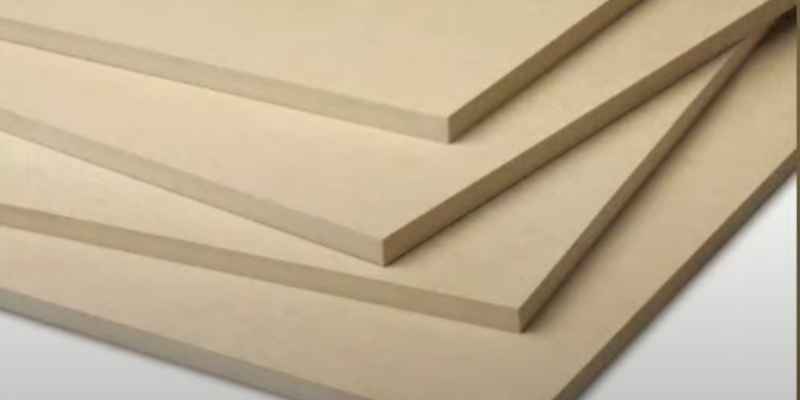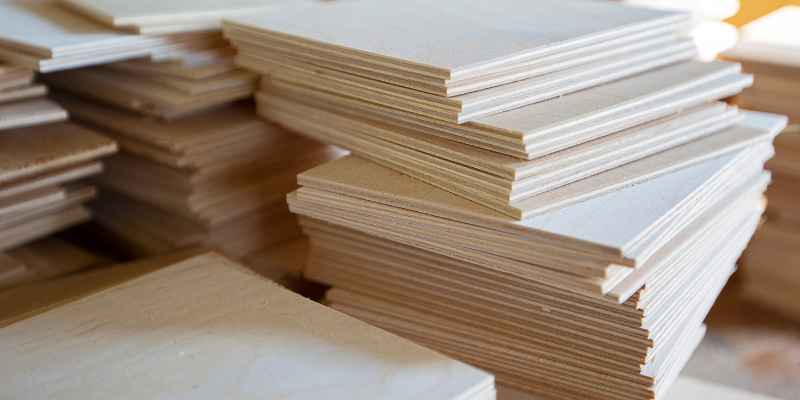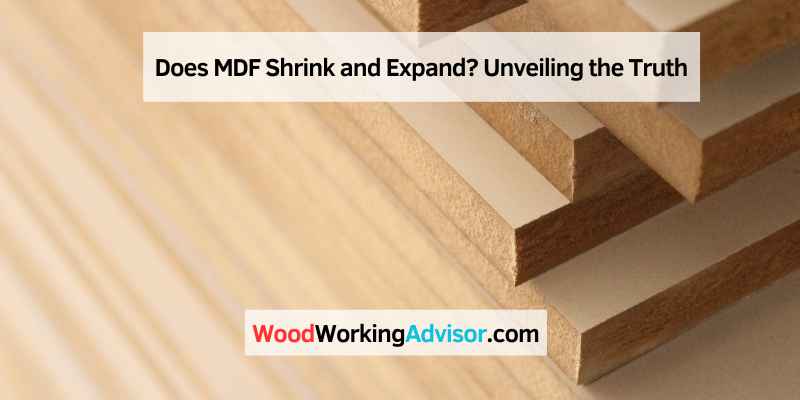Yes, MDF (Medium Density Fiberboard) does shrink and expand. It reacts to changes in humidity and temperature.
MDF is a popular material used in furniture and cabinetry due to its smooth surface and versatility. Unlike solid wood, MDF is made from wood fibers glued together under heat and pressure. This composition makes MDF more stable, but it still reacts to environmental changes.
It can absorb moisture, causing it to swell, and lose moisture, leading to shrinkage. Proper sealing and climate control can mitigate these effects. Understanding MDF’s behavior helps in making informed choices for its application, ensuring longevity and durability in various projects. Always store and handle MDF in stable conditions to maintain its structural integrity.
Properties Of Mdf
MDF tends to shrink and expand due to changes in humidity. This material absorbs moisture, causing dimensional instability. Proper sealing can mitigate these effects.
Density And Durability
MDF stands for Medium Density Fiberboard. It has a high density, making it strong. The durability of MDF is impressive. It is less likely to crack or split than wood. Many people use it for furniture and cabinets. It holds screws and nails well. The density helps in creating smooth surfaces.
Surface And Edge Characteristics
MDF has a smooth surface. This makes it easy to paint or veneer. The edges of MDF are also smooth. This allows for easy cutting and shaping. It does not have knots or rings like wood. This ensures a uniform look. The surface takes glue well, making it good for bonding.

Thermal Expansion And Contraction
Medium Density Fiberboard (MDF) can shrink and expand due to changes in temperature and humidity. This material responds to thermal expansion and contraction, which affects its dimensions. Proper sealing and climate control can minimize these effects.
How Temperature Affects Mdf
MDF can shrink and expand due to temperature changes. This happens because it is a composite material. It is made of wood fibers and resin. When it gets hot, it expands. When it gets cold, it contracts. This is called thermal expansion and contraction. Solid wood also behaves this way but to a different extent. MDF is denser than solid wood. Therefore, its reaction to temperature changes is more consistent. Proper sealing and finishing can help reduce these effects.
Comparison With Solid Wood
Solid wood reacts differently to temperature changes. It expands and contracts more than MDF. This is because of its natural grain structure. MDF is more stable in comparison. Solid wood needs more care to prevent damage. Both materials need proper maintenance. This will help them last longer and perform well.
Moisture-induced Movement In Mdf
MDF (Medium Density Fiberboard) reacts to humidity levels. In high humidity, MDF absorbs moisture. This causes it to expand. In low humidity, MDF loses moisture. This leads to shrinkage. The fibers in MDF are tightly packed. This makes the board more sensitive to moisture changes.
Sealing MDF helps control moisture. Use a good quality sealant on all sides. This reduces the risk of expansion and shrinkage. Keep MDF indoors to avoid direct moisture. Store MDF in controlled environments. Maintain stable humidity levels to protect MDF. These steps will help in preventing any damage.
The Reality Of Mdf Shrinkage And Expansion
MDF can shrink and expand depending on the environment. This is due to changes in temperature and humidity. MDF is made from wood fibers. Wood fibers react to moisture. High humidity causes MDF to swell. Low humidity makes it shrink. These changes are usually small. Proper sealing can help minimize these effects. Always store MDF in a stable environment. Avoid placing it in damp areas.
Some people think MDF never changes size. This is a myth. MDF does change size with humidity. Others believe MDF changes a lot. This is also not true. The changes are usually minor. Proper care can reduce these changes. Always seal MDF edges to protect it. Proper storage is key. Avoid extreme conditions to keep MDF stable.
Practical Tips For Working With Mdf
MDF needs to be kept dry at all times. Water can cause it to swell and become weak. It’s best to store MDF sheets flat. This helps to avoid bending or warping. Keep the sheets off the ground. Use pallets or boards to raise them. Wrap MDF in plastic if stored in a damp area. Always use gloves when handling MDF. This prevents oils from your hands from affecting the material.
Use sharp tools for cutting MDF. Dull tools can cause rough edges. Wear a mask to avoid breathing in dust. It’s best to cut in a well-ventilated area. Always measure twice before cutting. This helps to avoid mistakes. Seal the edges of cut MDF. This prevents moisture from getting in. Use a primer before painting MDF. This helps the paint stick better. Screw MDF carefully to avoid splitting. Pre-drill holes for screws. This makes the job easier and cleaner.
Preventing And Managing Deformation
Sealing MDF is very important. It stops moisture from entering. Use a good quality primer. Paint all sides of the MDF. This protects it from water damage.
After sealing, apply a finish. A strong finish keeps MDF safe. Use paint, varnish, or laminate. This helps in preventing deformation. Proper sealing and finishing make MDF last longer.
Stabilizers and supports keep MDF straight. They prevent bending and warping. Use metal brackets and wood supports. These help in maintaining shape.
Place supports under shelves. This adds strength. Use stabilizers for larger pieces. This keeps them firm. Proper use of supports is key for MDF stability.
Case Studies And Expert Opinions
John installed MDF in his bathroom. The material swelled due to moisture. This caused it to warp. Sarah used MDF in her kitchen. Heat made the MDF expand. She noticed cracks in the surface. Tom built a bookshelf with MDF. Changes in humidity caused it to shrink. This led to gaps in the joints.
Experts recommend using MDF in dry areas only. They suggest sealing the edges to reduce moisture absorption. Choosing the right paint can help. Experts advise avoiding MDF in high-humidity areas. They recommend plywood or solid wood instead.

Frequently Asked Questions
How Much Does Mdf Shrink?
MDF shrinks very little, typically less than 0. 3% in standard conditions. Proper sealing can minimize any potential shrinkage.
How Much Does Mdf Expand And Contract?
MDF expands and contracts about 0. 3% to 0. 5% with changes in humidity. Keep it in stable conditions.
Does The Mdf Board Expand?
Yes, MDF board can expand. It absorbs moisture, causing it to swell. Proper sealing and care can minimize this.
Conclusion
Understanding MDF’s behavior is crucial for any woodworking project. MDF can indeed shrink and expand with humidity. Proper sealing and acclimatization can mitigate these effects. Choose MDF for its versatility and affordability. Remember, proper care ensures longevity and stability in your projects.
Stay informed for the best woodworking results.


